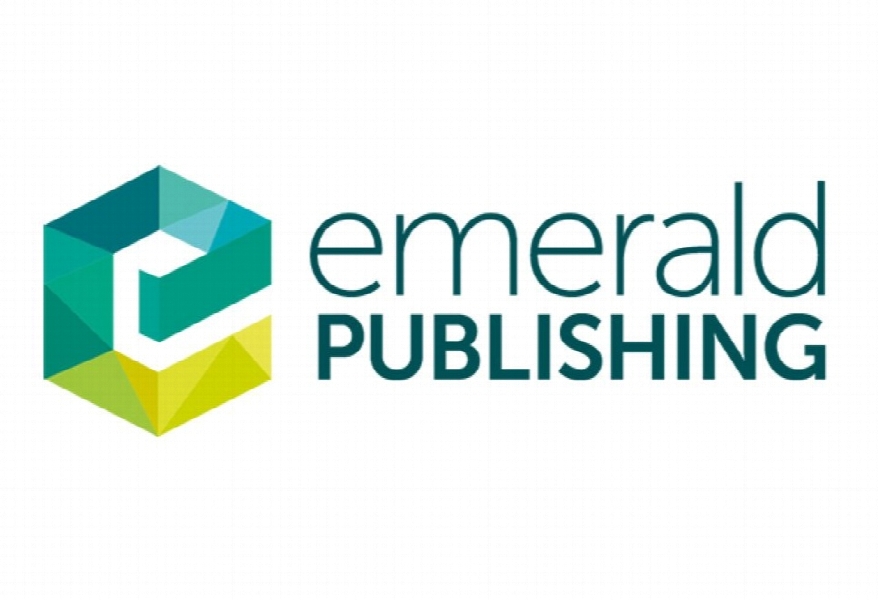رسیدن به پایداری بوسیله ادغام مدیریت ریسک در فرایند طراحی معماری Achieving sustainability through integrating risk management into the architectural design process
- نوع فایل : کتاب
- زبان : انگلیسی
- ناشر : Emerald
- چاپ و سال / کشور: 2018
توضیحات
رشته های مرتبط مدیریت و معماری
گرایش های مرتبط مدیریت پروژه
مجله مالیه ریسک – The Journal of Risk Finance
دانشگاه The British University in Egypt – Egypt
منتشر شده در نشریه امرالد
کلمات کلیدی انگلیسی Risk management, Framework, Architectural design process, Sustainable construction projects
گرایش های مرتبط مدیریت پروژه
مجله مالیه ریسک – The Journal of Risk Finance
دانشگاه The British University in Egypt – Egypt
منتشر شده در نشریه امرالد
کلمات کلیدی انگلیسی Risk management, Framework, Architectural design process, Sustainable construction projects
Description
1. Introduction Being one of the biggest industries worldwide, the construction industry plays a significant role towards achieving the social and economic sustainable development objectives at national and international levels. Socially, it is mainly concerned with delivering sustainable projects that translate the community needs into designs that specify technical characteristics, functional performance criteria and quality standards. In addition, it aims to complete these projects on time, as specified and in the most costeffective manner to produce a product that matches or exceeds end users’ expectations (Ahmed and Kangari, 1995; Hudson, 1999; Bowen et al., 1999). Economically, the construction industry helps increasing countries’ gross domestic product (GDP), offering job opportunities and providing most of countries’ fixed capital assets and infrastructure that enable other supporting industries to prosper. Contrary, the unsustainable practices of the construction industry in terms of resources and energy consumption, pollution and waste generation called for the construction industry to be more sustainable and consider its environmental, social and economic impacts on the surrounding environment (Chileshe, 2011; Rafindadi et al., 2014). Because of its nature, the construction industry is subject to more risks than any other industries. This could be attributed to the complex and dynamic nature of construction projects and the involvement of multitude of participants and organisations with different objectives and skills. Architectural design process (ADP) is a crucial phase of the construction project’s life cycle. This is because the decisions made during this phase affect the performance of the project throughout its life cycle. Failing to consider risk factors during this phase will affect the sustainability of the construction project (Abdellatif and Othman, 2006). Although risk management (RM) is widely applied in different phases of the project life cycle, its application in the design process encountered a scant attention in construction literature (Goral, 2007; Banaitiene and Banaitis, 2012). Accordingly, this paper aims to develop a framework integrating RM into ADP as an approach for delivering sustainable construction projects.


